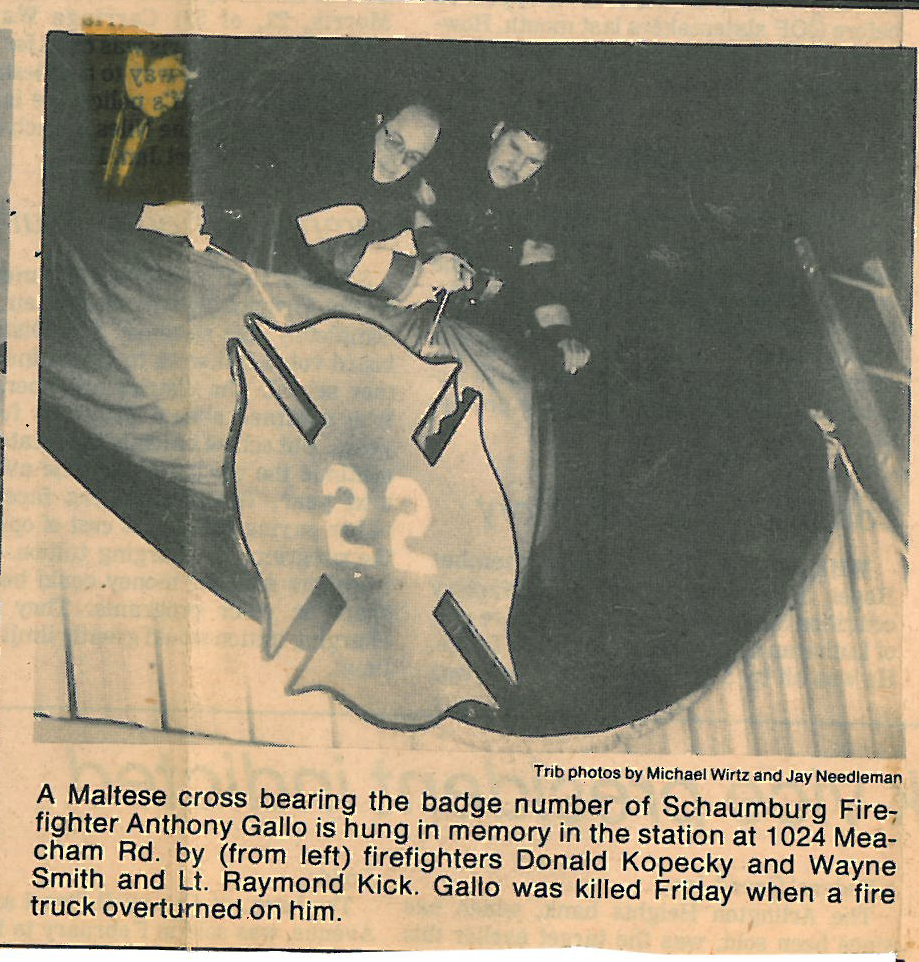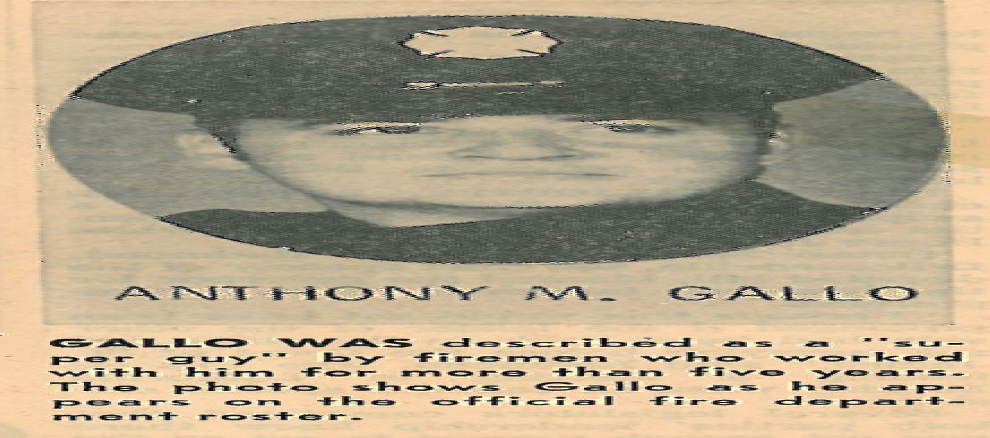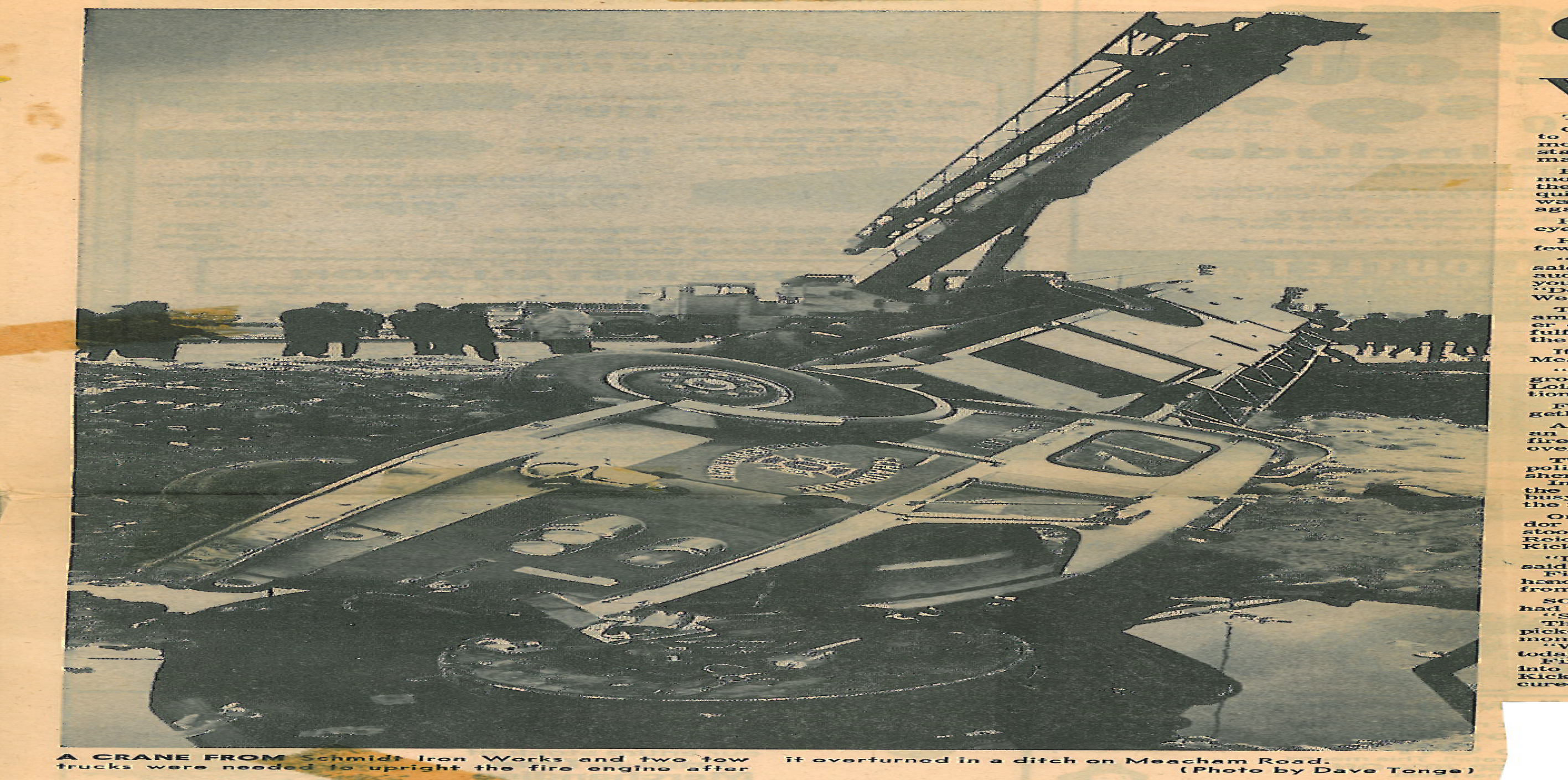Excerpts from nwitimes.com:
Franciscan Health will stop taking ambulances at the 124-year-old Franciscan Health Hospital in downtown Hammond at 6 a.m. Dec. 23, but will continue to take walk-in patients until Dec. 31. The Mishawkwa-based health care system is closing the emergency room and ceasing to provide inpatient care at the hospital that dates back to 1898 and had 226 rooms before Franciscan started downsizing it last year. Franciscan shrunk it to just 10 rooms and then decided to close it altogether.
While Franciscan Health will maintain medical offices in downtown Hammond, its disinvestment in Northwest Indiana’s largest city will effectively end the former St. Margaret’s run as a hospital, as it will no longer offer basic hospital services like overnight stays for observation.
Calumet City Fire Department’s ambulances will take patients to the Community and Franciscan hospitals in Munster, and the Ingalls hospital in Harvey. The Hammond Fire Department will take patients to the Community and Franciscan hospitals in Munster and the St. Catherine Hospital in East Chicago.
Trauma patients who suffer stabbings or shootings will continue to be taken to Advocate Christ Medical Center in Oak Lawn or the University of Chicago hospital in Hyde Park.
Franciscan Health has been demolishing large parts of the 800,000-square-foot hospital. It continues to maintain offices in downtown Hammond for the uninsured and underinsured, the Fresh Start Market for the food insecure, a Diaper Pantry, the Prenatal Assistance Program, a primary care clinic, dialysis, anticoagulation clinic, a multi-specialty clinic, and the women’s health center.
Hammond has the largest fire department in Northwest Indiana and the most staff but that might not help people who need to get to the hospital as soon as possible, McDermott said.


































